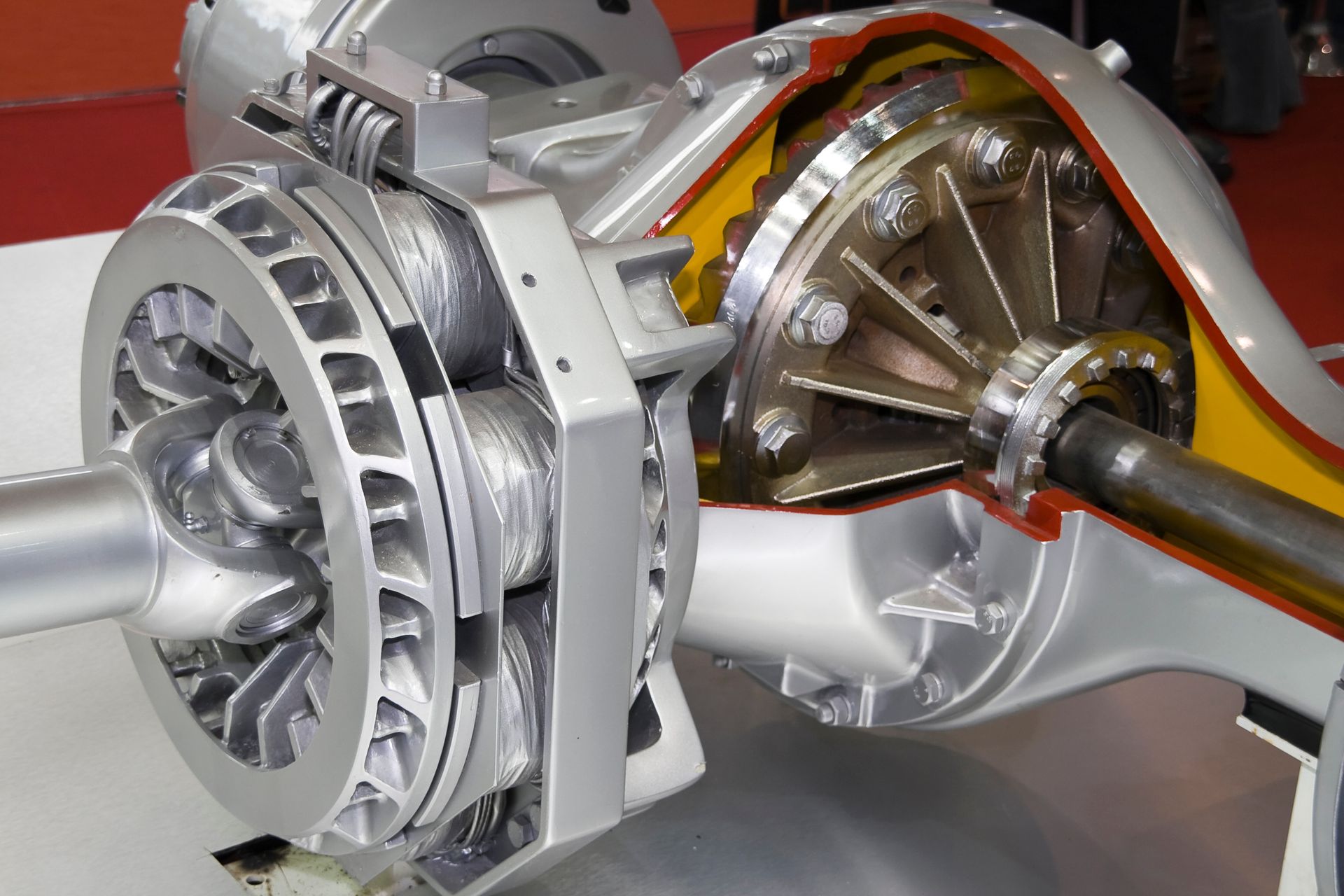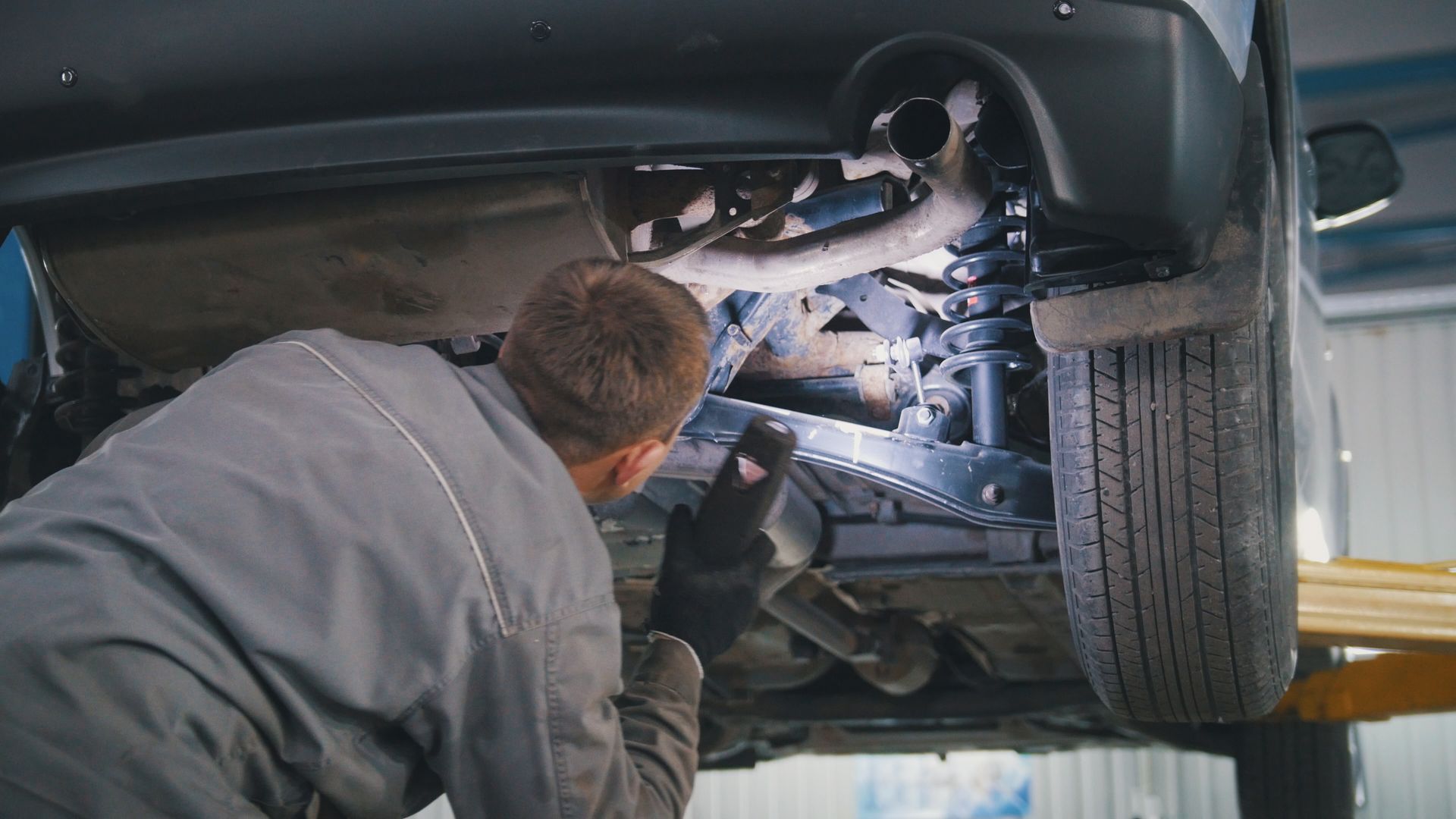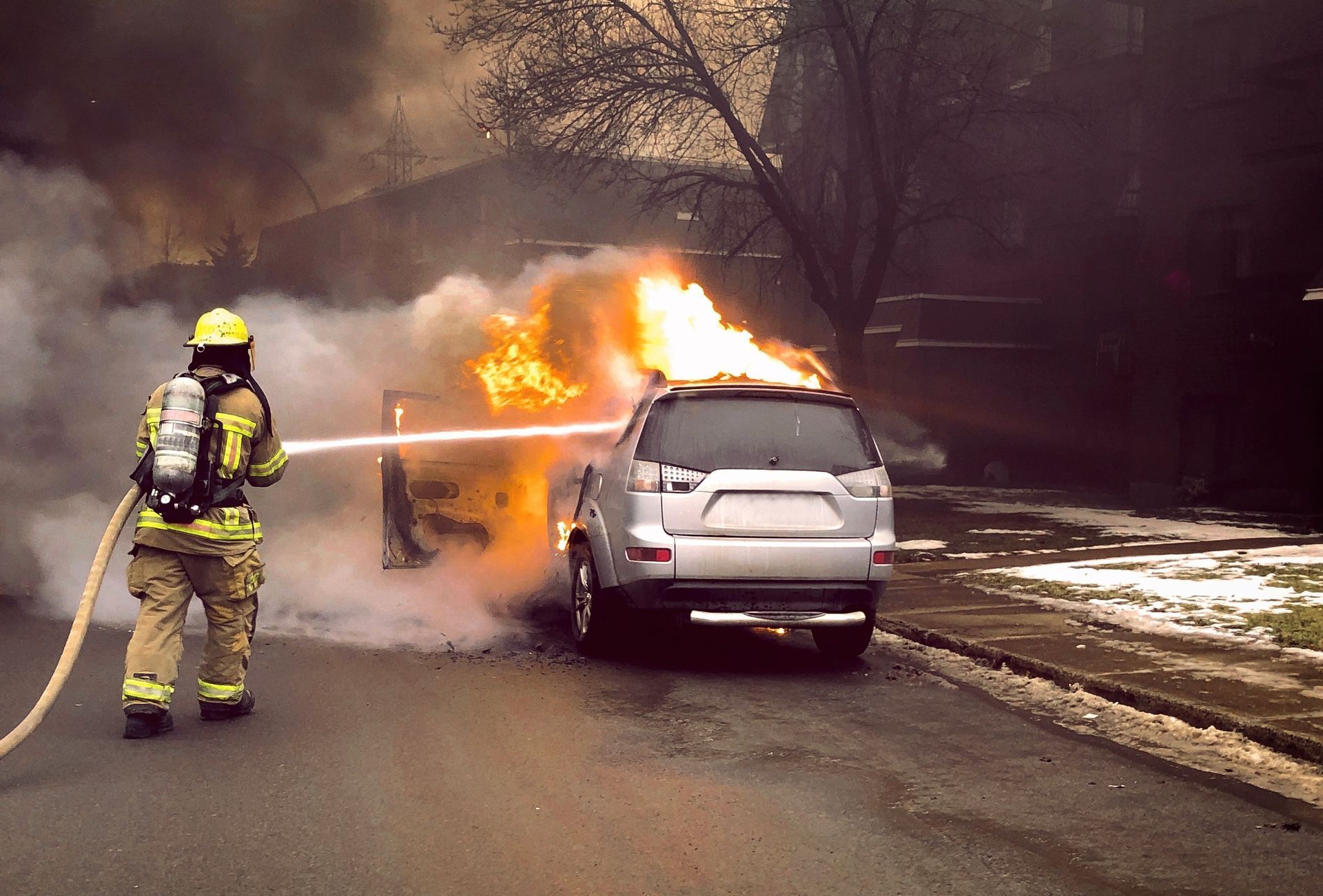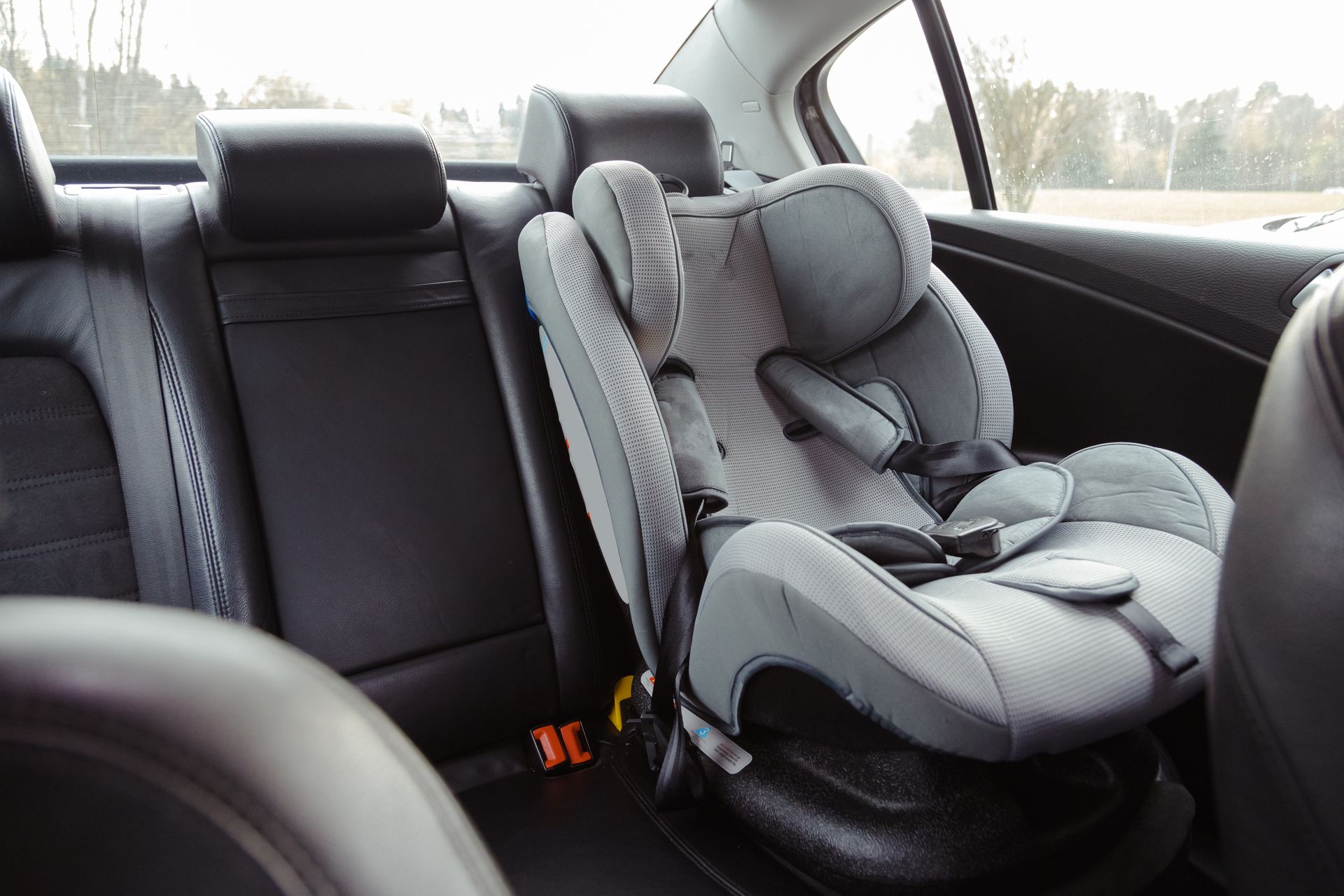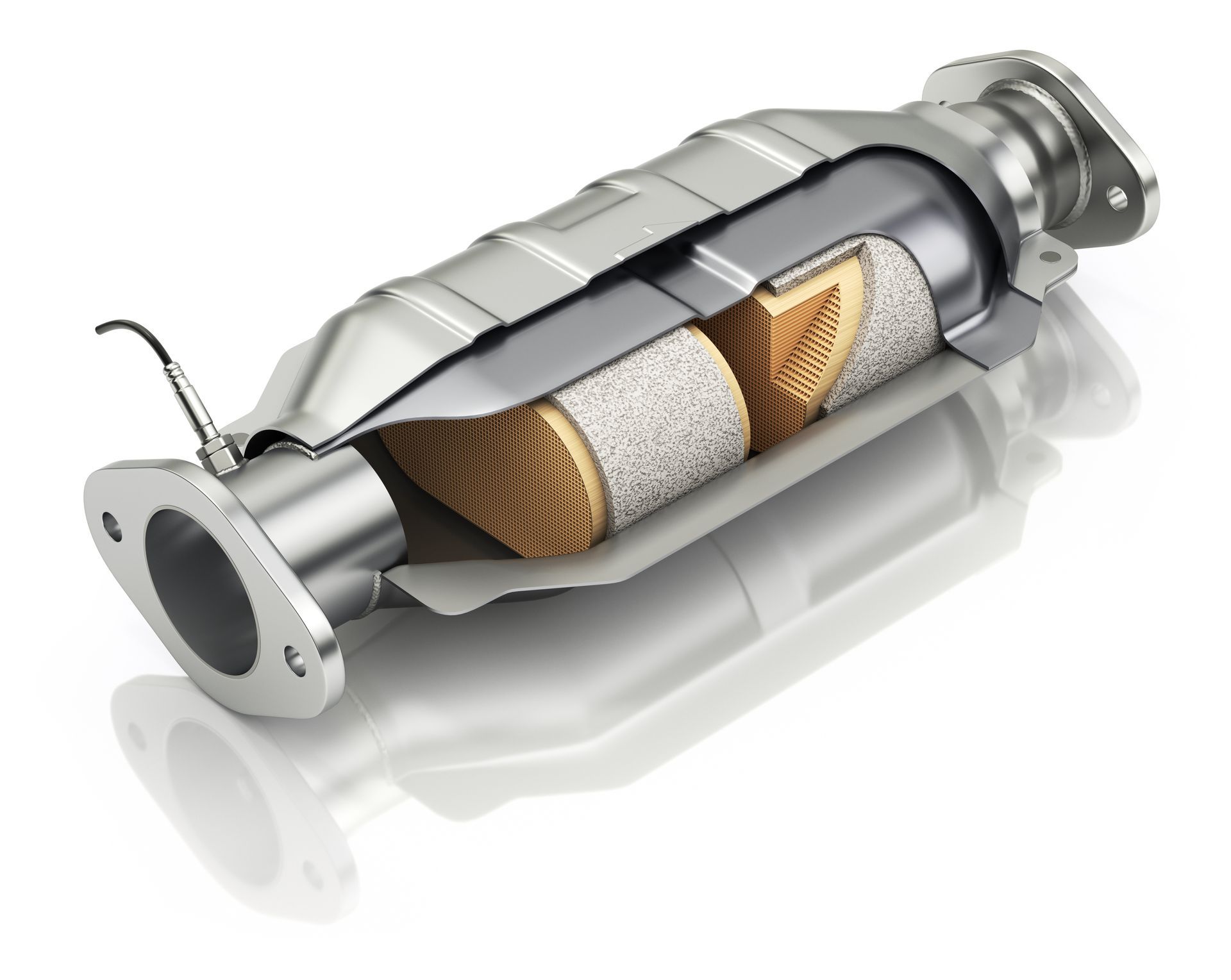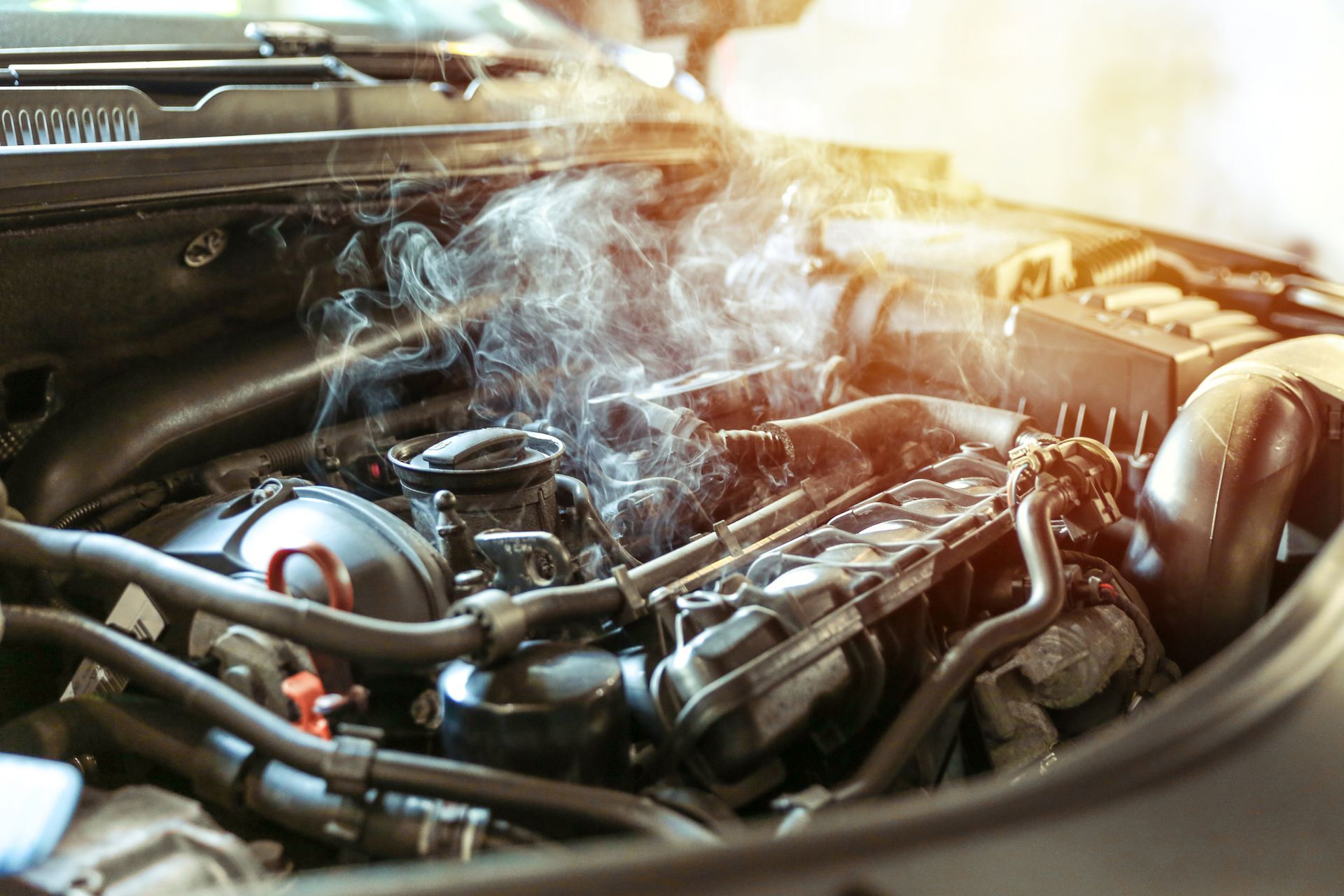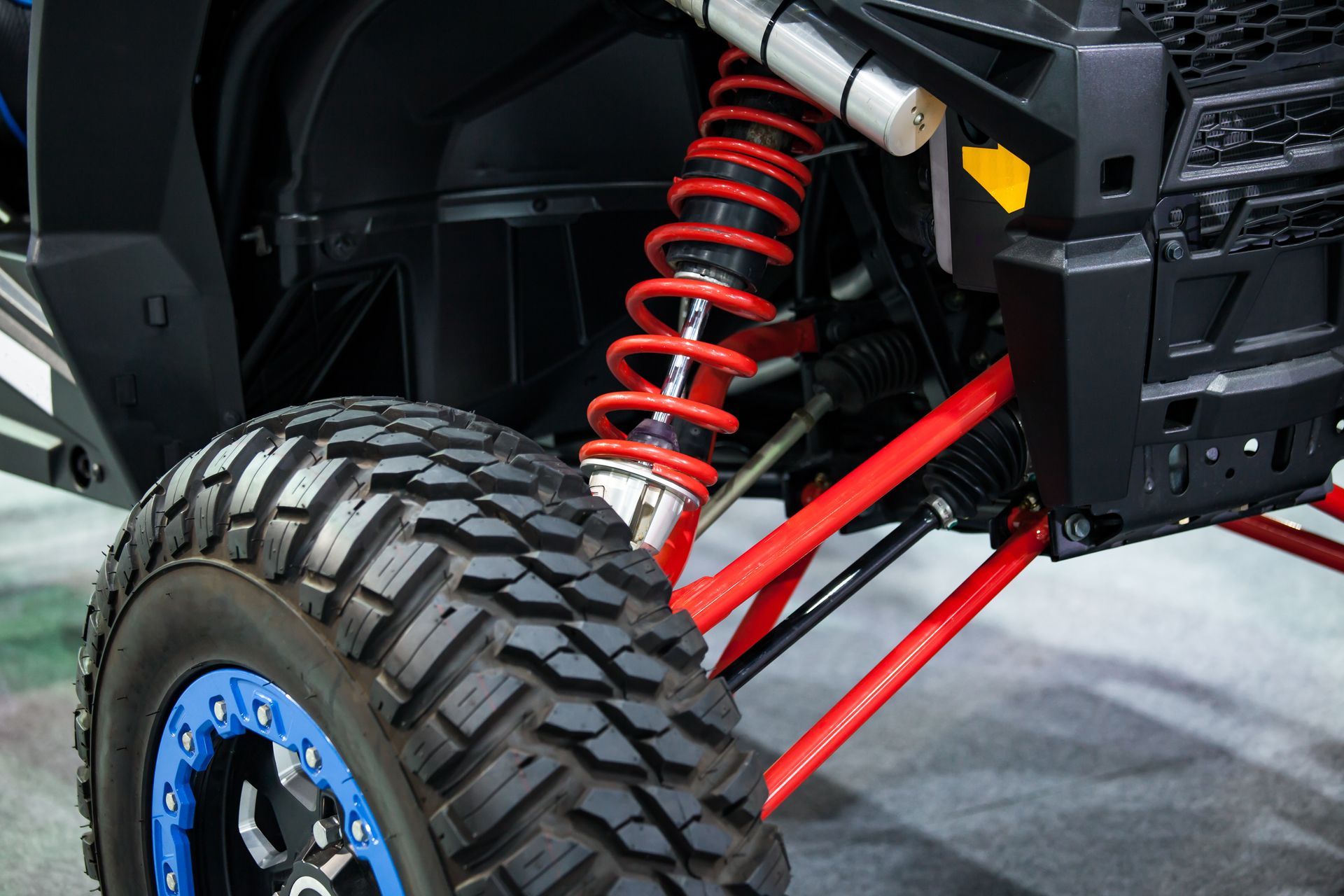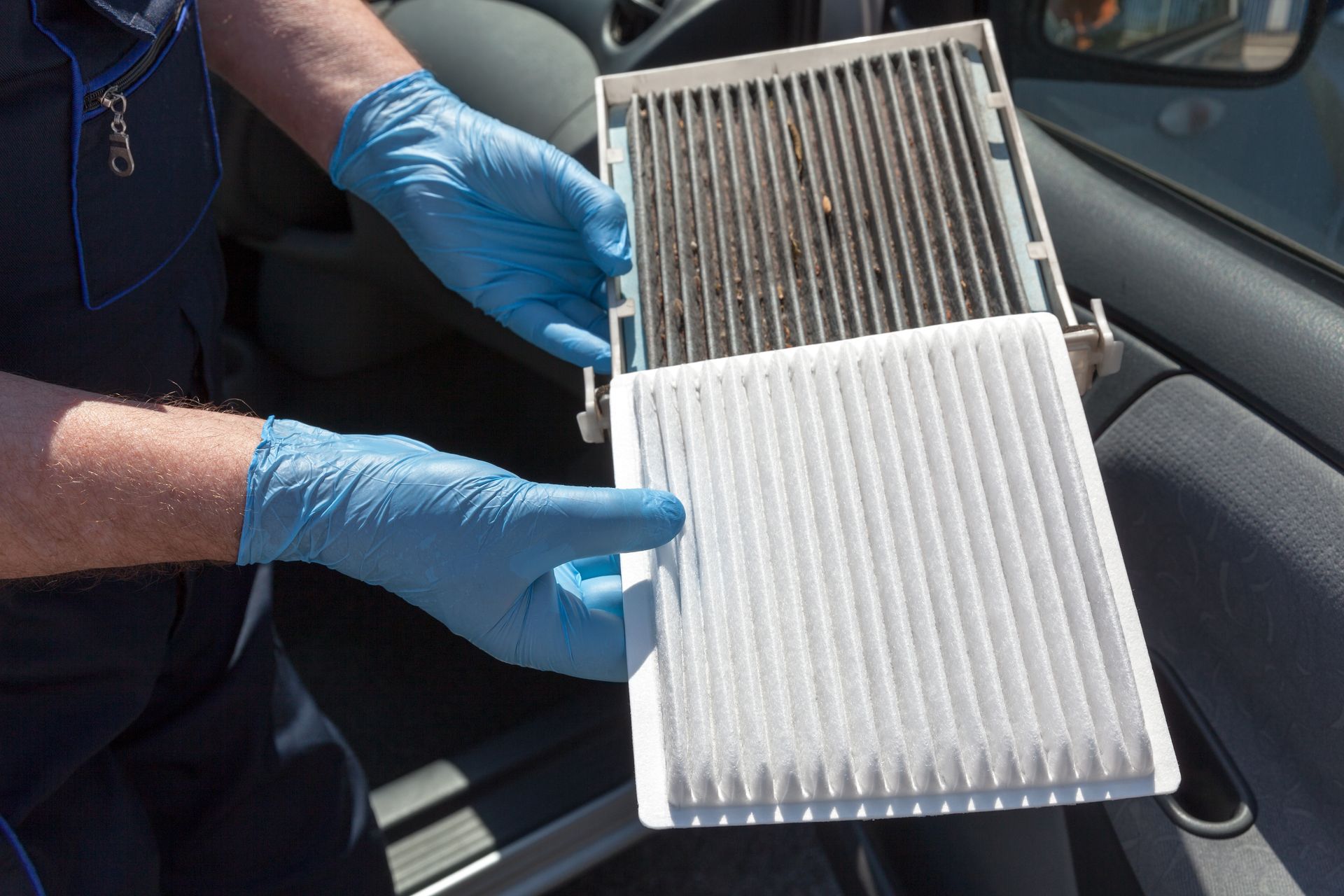Your car’s steering is one of those things you might take for granted—until it doesn’t feel right. Steering issues can sneak up on you, and they often start as small quirks that are easy to dismiss. However, ignoring these signs can lead to dangerous situations or expensive repairs. Let’s talk about the red flags that mean your car’s steering might need a little help and why you should address them sooner rather than later.
The Steering Feels Stiff or Heavy
Have you ever struggled to turn the wheel, especially at lower speeds? A stiff or heavy steering wheel is often a warning that something isn’t right. This could be due to low power steering fluid, which helps make turning the wheel effortless, or a more significant problem like a failing power steering pump. It might also point to issues with the steering rack or belt.
If turning your car feels like an upper-body workout, it’s definitely time to have it checked. Driving under these conditions makes handling difficult and can make your car unsafe in emergencies when quick steering is crucial.
Strange Noises When You Turn the Wheel
Weird noises aren’t just annoying—they’re your car’s way of telling you something’s off. Hearing whining, squealing, or clunking sounds when you turn the wheel is a big red flag. These noises often stem from problems with the power steering system, like a pump that’s on its last leg or air trapped in the fluid lines.
A clunking sound, on the other hand, may point to worn-out steering components like tie rods or ball joints. These parts keep your wheels aligned and stable, so don’t ignore these noises, hoping they’ll go away. Spoiler: they won’t.
The Steering Wheel Shakes or Vibrates
Do you feel like your car is playing a game of tug-of-war with you? Steering wheel vibrations can indicate a range of issues, from unbalanced tires to problems with the suspension or steering rack.
Sometimes, the shaking is more noticeable at higher speeds, which could mean a wheel alignment issue. In more serious cases, it could signal loose or damaged steering components. Either way, this is one symptom you shouldn’t shrug off.
The Car Pulls to One Side
Have you noticed your car drifting to one side, even when the road is straight? This pulling sensation often signals alignment issues, but it could also be due to uneven tire wear, underinflated tires, or even brake problems.
While alignment issues might not seem urgent, they can lead to uneven tire wear and reduce your vehicle’s fuel efficiency. Plus, constantly correcting your steering can become frustrating and even dangerous on longer drives.
Delayed or Unresponsive Steering
When you turn the wheel, your car should react immediately and predictably. If it feels like there’s a lag or if the steering seems unresponsive, you might have a problem with your steering rack, power steering fluid, or even the steering column.
This issue can sneak up gradually, so it’s important to pay attention to how your car handles over time. Unresponsive steering is particularly dangerous because it limits your ability to avoid hazards on the road.
What Happens If You Ignore Steering Problems
Steering issues aren’t just inconvenient—they can quickly become a safety hazard. Problems like worn-out components, low fluid levels, or misalignment can snowball into costly repairs if left unaddressed. Worse, they can compromise your ability to control the vehicle, especially during sudden maneuvers or in bad weather.
Ignoring steering issues is like walking a tightrope without a net—it’s only a matter of time before something goes wrong.
Your safety is our priority. Bring your car to
Wrench Junkies for a thorough inspection and professional steering repairs. Contact us now to book your visit!
